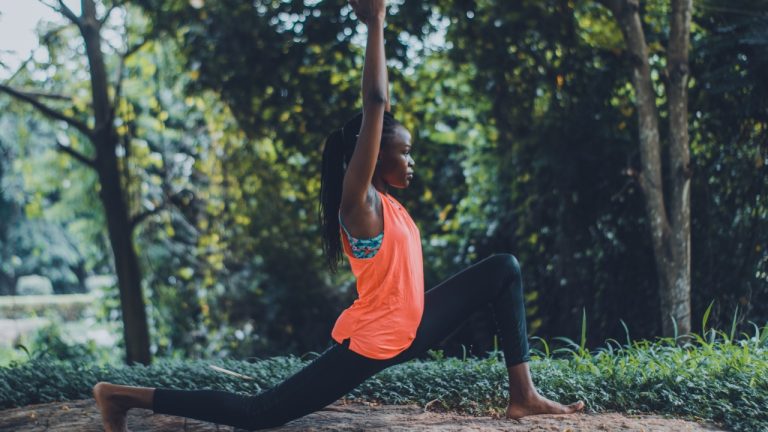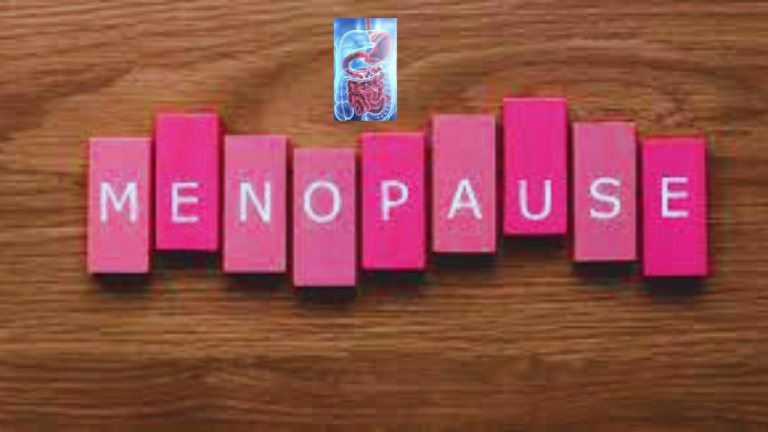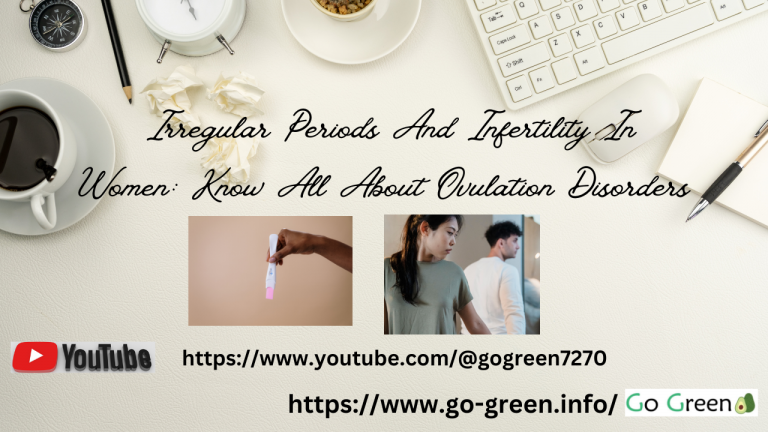The five Main Life Cycle a Women Will Go Through

The five main life cycles or stages that a woman will typically go through are:
Infancy and Childhood: This stage begins from birth and extends until adolescence. During infancy and childhood, girls undergo rapid physical and cognitive development. The reproductive system is immature during this stage, and menstruation has not yet begun.
Adolescence: Adolescence is the transitional period between childhood and adulthood, typically spanning from around the ages of 10 to 19. It is a time of significant physical, cognitive, and emotional changes, and it marks the onset of puberty and the development of the reproductive system.
Reproductive Years: The reproductive years encompass the period from menarche (the first menstrual period) to menopause. During this stage, women experience regular menstrual cycles, and ovulation, and have the potential to conceive and bear children. Fertility is at its peak during the reproductive years.
Perimenopause: Perimenopause is the transitional phase leading up to menopause. It typically begins in a woman’s late 30s to early 40s but can vary for each individual. During perimenopause, hormonal fluctuations become more pronounced, leading to irregular menstrual cycles and various menopausal symptoms.
Menopause and Post-Menopause: Menopause is a natural life stage that occurs when a woman has not had a menstrual period for 12 consecutive months. It marks the end of the reproductive years and usually occurs around the age of 45 to 55. Post-menopause refers to the years following menopause. During this stage, menopausal symptoms may gradually subside, and women experience the long-term effects of hormonal changes, including an increased risk of certain health conditions like osteoporosis and heart disease.
These five main life cycles represent the key stages that a woman experiences throughout her lifetime. Each stage is characterized by unique physical, emotional, and hormonal changes, and they play crucial roles in a woman’s overall development and well-being. Understanding and managing the challenges and opportunities presented in each life cycle can contribute to a woman’s overall health and quality of life throughout her journey.



